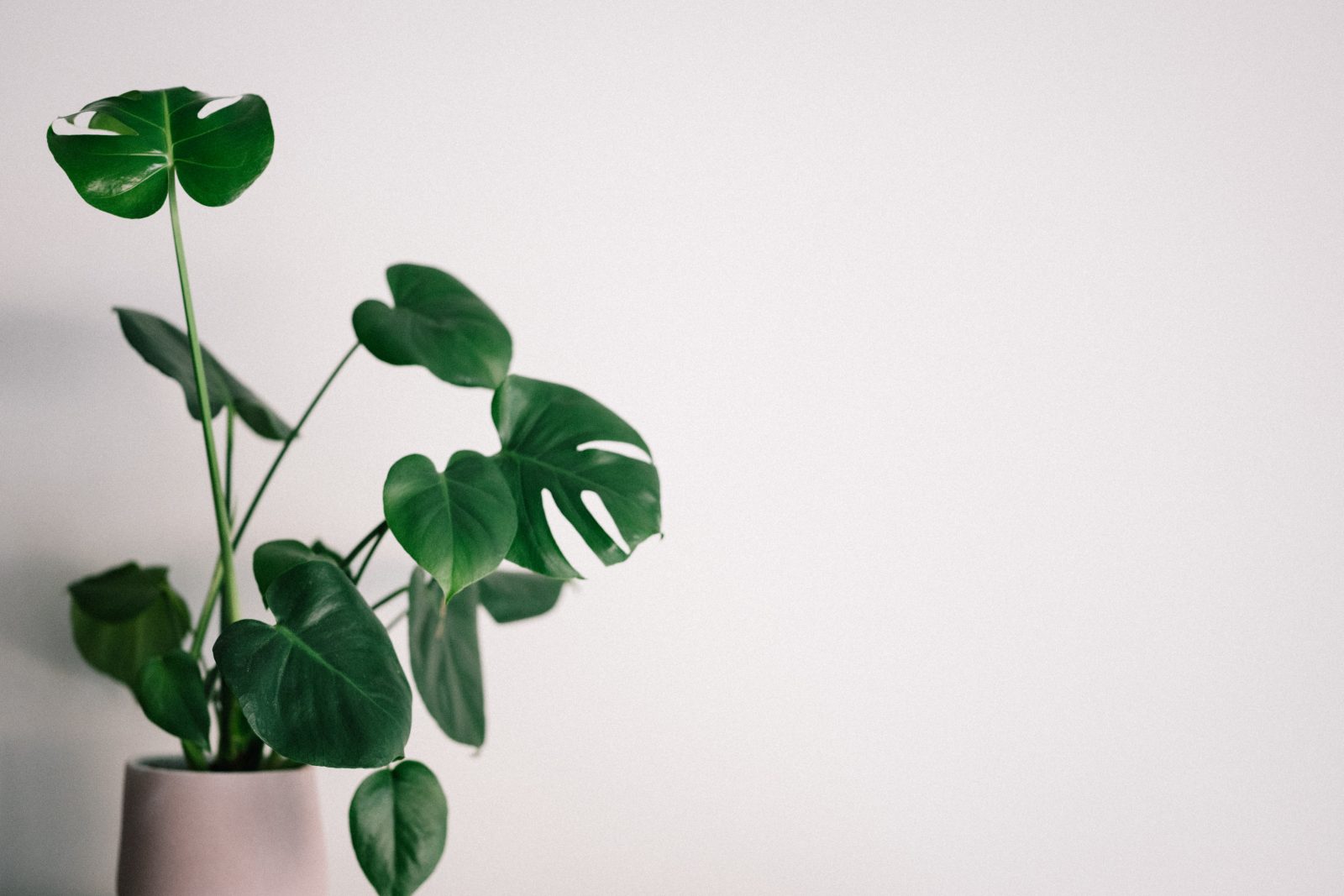
If you are a first-time plant owner, all of the attention that goes into keeping your large indoor plants happy can be overwhelming. Most of your plants will not require regular maintenance to remain healthy. However, plants can more than brighten up a room. They are also beneficial for your health because they convert carbon dioxide to oxygen and help trap pollutants. They will also cheer you up when you cannot work in your garden.
On the other hand, most of your large indoor plants are low-maintenance and homely to nurture, but all indoor plants require some attention now and then. Apart from remembering to water them, many low-maintenance houseplants demand a little attention a few times a year.
5 essential tips for taking care of large indoor plants
Remove dust from your indoor plants
Cleaning your large indoor plants improves the appearance of almost all of them. If the plants have hairy leaves, dust gathers on them, so wash them with a moderate shower of room-temperature water or dust them with a soft brush. For plants with smooth leaves, you can use a cloth to wipe out the accumulated dust. It will not only improve the aesthetic of your plant but will also help it absorb more light.
Do not drown your plants
Most large indoor plants require a container with drainage holes to prevent rotting caused by standing water around their roots. If you use a saucer beneath your plants to catch drips, make sure to clear it after each watering. Read the watering instructions on the plant to find out how often and how much to water it. Moisture indicator probes can also assist you in determining when your plants need water.
Give your plants some food by adding some fertilizers
If your plants are not prospering despite proper watering and sunlight, they may require fertilizers. Add some fertilizer to the mix. Miracle-convenient Gro plant fertilizer stakes make it simple and mess-free. You can aerate the soil with the spike, then add the fertilizer stick and water.
Keep a constant check on your plant pot
It’s time to change the pot if your plants are drying out faster than usual or if roots pop out of the drainage holes. Step up one pot size at a time, and always use new potting soil because the old soil’s nutrients are likely exhausted. Even if your plant hasn’t outgrown its container and you notice a white crust on the rim or sides, you may need to remove it and clean it. When you water, potentially dangerous salts might build-up, so scrape the pot and rinse it well, or get a new one for your plant.
Keep a watch on things that might cause a problem for your plants
Insects and diseases spread quickly, so keep an eye on your plants for signs of danger. Examine the tops and bottoms of leaves, as well as the areas around stems. Treat any disease with a product designed specifically for it; if you’re unsure, do some research online or seek guidance from a garden centre or nursery.

